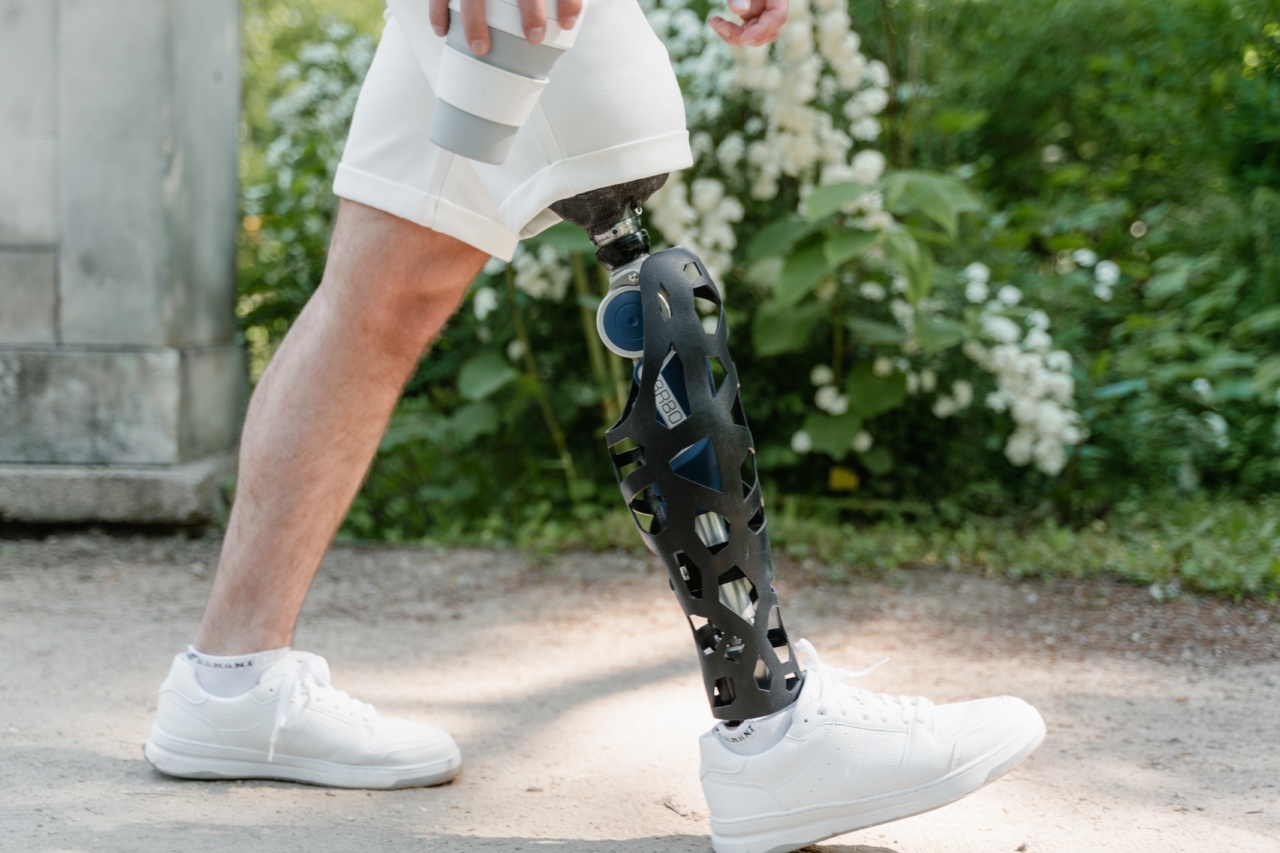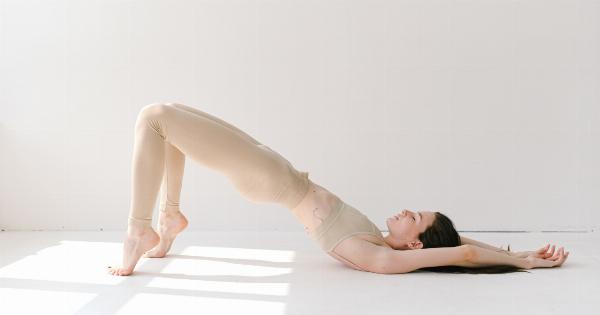Knee osteoarthritis is a degenerative joint disease that affects millions of people around the world. The condition is caused by the wear and tear of the cartilage that cushions the bones in the knee joint.
This leads to pain, stiffness, and a significant reduction in mobility. While there is currently no cure for knee osteoarthritis, there are several ways to manage the symptoms and slow down the progression of the disease. One of the most effective ways to do this is through regular exercise, specifically, walking.
In this article, we’ll take a look at how walking can help ease the symptoms of knee osteoarthritis and improve overall joint health.
What is Knee Osteoarthritis?
Knee osteoarthritis is a degenerative joint disease that occurs when the cartilage in the knee joint wears away. Cartilage is a firm, rubbery material that cushions the ends of the bones and allows them to move smoothly over one another.
When the cartilage in the knee joint wears away, the bones rub against each other, leading to pain, stiffness, and a reduced range of motion.
Knee osteoarthritis is a progressive disease that typically develops slowly over time. It tends to occur more frequently in older adults, as the wear and tear of daily activities takes a toll on the joints.
However, it can also occur in younger individuals who engage in activities that put significant stress on the knee joint, such as running, jumping, or playing contact sports.
Symptoms of Knee Osteoarthritis
The most common symptoms of knee osteoarthritis include:.
- Pain in the knee joint, especially when performing weight-bearing activities such as walking, climbing stairs, or standing for extended periods.
- Stiffness in the knee joint, especially in the morning or after prolonged periods of sitting or resting.
- A cracking or popping sound when moving the knee joint.
- A reduced range of motion in the knee joint.
- Swelling or inflammation in the knee joint.
Causes of Knee Osteoarthritis
There are several factors that can contribute to the development of knee osteoarthritis, including:.
- Age: As we age, the cartilage in our joints naturally wears away, making us more susceptible to osteoarthritis.
- Obesity: Carrying excess weight puts significant stress on the joints, increasing the risk of developing osteoarthritis.
- Injury: Previous injuries to the knee joint, such as a torn ligament or meniscus, can increase the risk of developing osteoarthritis later in life.
- Repetitive stress: Engaging in activities that put repetitive stress on the knee joint, such as running or jumping, can increase the risk of developing osteoarthritis.
- Genetics: Some individuals may be predisposed to developing osteoarthritis due to their genetics.
How Walking Can Help Ease Knee Osteoarthritis Symptoms
While it may seem counterintuitive to engage in exercise when you’re experiencing knee pain and stiffness, regular physical activity can help ease the symptoms of knee osteoarthritis and improve overall joint health.
Walking, in particular, is an excellent low-impact exercise that is easy on the joints and accessible to people of all ages and fitness levels.
Walking can help ease the symptoms of knee osteoarthritis in several ways:.
- Strengthening the muscles: Walking helps strengthen the muscles that support the knee joint, including the quadriceps, hamstrings, and calf muscles. Stronger muscles can help take pressure off the knee joint, reducing pain and stiffness.
- Reducing weight: Carrying excess weight puts significant stress on the knee joint, increasing the risk of developing osteoarthritis and exacerbating existing symptoms. Walking can help burn calories and reduce body weight, which can significantly reduce the stress on the knee joint.
- Increasing flexibility: Walking helps improve flexibility in the knee joint, reducing stiffness and allowing for a wider range of motion.
- Reducing inflammation: Walking can help reduce inflammation in the knee joint, which can significantly reduce pain and improve joint health.
- Improving cardiovascular health: Regular walking can help improve cardiovascular health, reducing the risk of developing other health problems that can exacerbate the symptoms of knee osteoarthritis.
Tips for Starting a Walking Program
If you’re new to exercise or have been sedentary for an extended period, it’s essential to start slow and gradually increase your activity level. Here are some tips for starting a walking program:.
- Start with short, easy walks: Begin by walking for 10-15 minutes at a time, several times per day. Gradually increase the duration and frequency of your walks as your fitness level improves.
- Invest in supportive, comfortable footwear: Proper footwear is critical when engaging in walking exercises. Look for shoes that provide adequate support, cushioning, and stability.
- Use supportive braces or sleeves: If you experience significant pain or discomfort while walking, consider using supportive braces or sleeves that can help alleviate pressure on the knee joint.
- Stretch before and after your walks: Stretching before and after your walks can help improve flexibility and reduce the risk of injury. Focus on stretching the muscles around the knee joint, including the quads, hamstrings, and calves.
Conclusion
Knee osteoarthritis is a common degenerative joint disease that can significantly impact daily life. However, regular exercise, specifically walking, can help ease the symptoms of knee osteoarthritis and improve overall joint health.
Remember to start slow, invest in proper footwear and supportive sleeves, stretch before and after your walks, and gradually increase the duration and frequency of your walks as your fitness level improves. With a little effort and perseverance, you can significantly improve your quality of life and reduce the impact of knee osteoarthritis on your daily activities.































